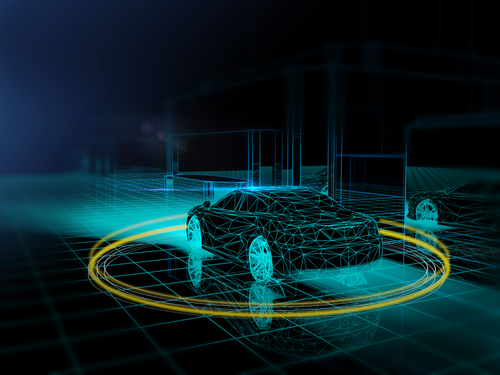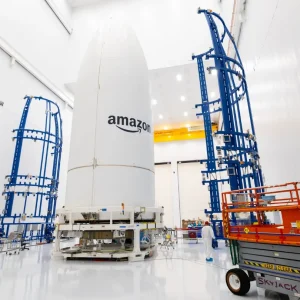
When buying a car today, it is the whole technology package that interests a buyer, not just the engine and mechanical components. Over the last 20 years, the number of electronic control units in the car has grown dramatically, controlling everything; from the drivetrain and emissions to door locks, climate control and suspension and this trend continues as the industry moves towards electric and hybrid vehicles.

In addition, the driver information and assist systems have become increasingly sophisticated and this generates huge quantities of data which manufacturers must find ways to store. In a fast-paced technology race, car manufacturers are fighting to keep up.
Data in the Car
The local on-board storage in the vehicle is of particular importance. As the car’s software-driven features evolve, becoming more complex and even more intertwined with the internet, there is an increasing need for high capacity storage, optimised for the many demands of the automotive environment. As we begin to adopt semi-autonomous and autonomous vehicles, this becomes an even more pressing issue. In the future, more advanced autonomous vehicles may need more than one terabyte of on-board local storage capacity.
Until now, infotainment and navigation have been major drivers for high-performance automobile computing systems and in-vehicle storage. We’ve seen several shifts in storage demand over recent years, first from optical drives (mostly for map data) to flash-based storage systems, to embedded flash drives (EFDs) for bigger data collections and higher-definition content. As these systems advance and connect to smartphones and the cloud, it raises the question of what will happen to local storage requirements.
Keeping up the pace in the technology race
Car manufacturers have struggled to keep up with the fast trends of the consumer electronics market where smartphone and tablet hardware is replaced every couple of years, and software apps can be updated on a daily basis. The development cycle for an automotive infotainment system can be upwards of three years, so when the technology is introduced, it can already be a generation out-of-date. While the production version of the infotainment system is typically expected to last the model life of the car, which can be five years or more, it may, in fact, become quickly obsolete.
Using a smartphone and a small screen a few inches from your eyes is very different to using an application while you are driving a car, so future proofing the technology is a very different process. Whilst a consumer electronic product is designed for a typical life span of only several years, the hardware of an infotainment system is designed to last ten to 15 years, and must include enough storage capacity to download and manage new applications.
In the cloud and on the edge
In the age of Cloud why do users need to store data locally? Whilst Cloud plays a vital role in managing and updating devices, as well as backing-up and collecting data, a connected car is not truly connected all of the time, nor is it optimally connected when it is connected. We have all experienced latency issues when moving data from the Cloud, such as watching movies at peak times, data limitations on carriers data plans or even a lack of connectivity.
It is unrealistic to expect that the large volumes of data associated with connected cars can be effectively and efficiently transmitted back to cloud servers in real-time. Advanced connected cars can collect nearly a gigabyte of data per second – in fact, Gartner estimates that by 2020 connected and autonomous car data traffic per vehicle may reach over 280 petabytes, or 280 million gigabytes, annually. It’s possible to achieve a more responsive and optimised solution by increasing the amount of storage at the edge, utilising a flash memory-based solution optimised for recording, and making local decisions on what data is needed to be transmitted to the Cloud.
Life-saving design
As automotive storage moves from the likes of infotainment, to systems where lives are potentially at risk (such as auto-pilot functionality), reliability requirements become even more stringent. Merely adding quality through a screening process is not enough for these applications. These demanding environments also dictate a very different approach to the memory device, starting with the design process and architecture itself.
Operating in an air-conditioned server room is one thing, but a device for a connected car is expected to work in a very different temperature range. Automotive compute and storage systems need to boot at very low and very high temperatures. Temperature impacts data retention in flash memory storage, so this poses unique design challenges – not just in the memory itself, but in the controllers that manage the raw flash memory. As processing power at the edge increases, heat from other components in the box are also driving requirements for more extreme operating temperatures. Special design approaches are needed to ensure that these devices can endure the next generation of automotive applications.
Autonomous cars are rapidly advancing, and they will soon impact our lives as significantly as consumer devices in recent years. As the electronics content in vehicles increases, storage is playing an increasingly crucial role in bringing to life the vision of the connected car.







